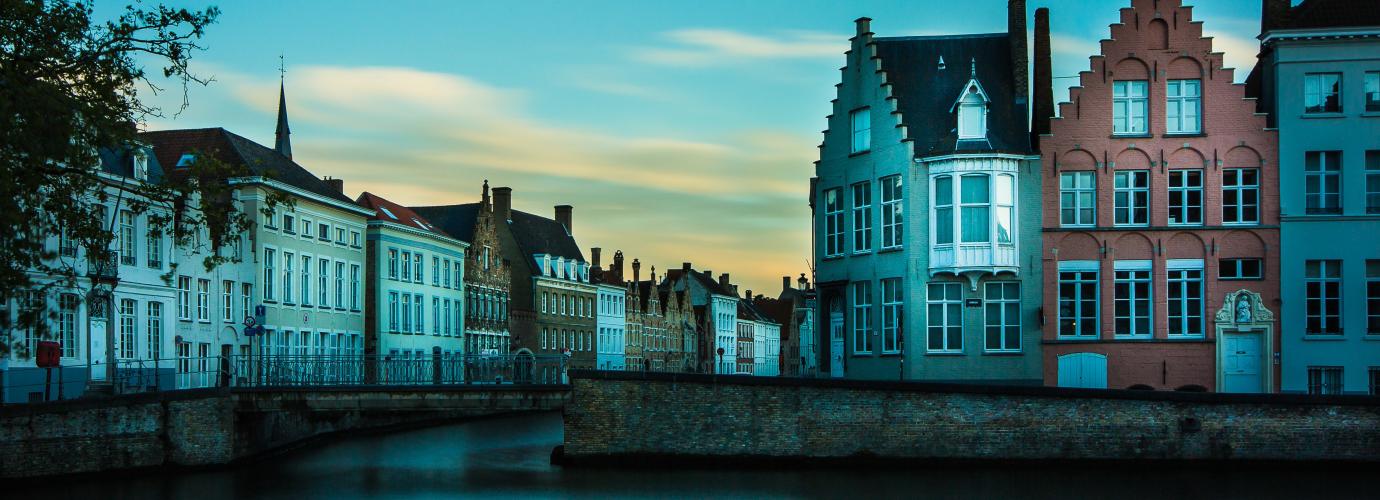Types of institutions
Types of education
The second and third stage of secondary education is subdivided in four types of education:
- General secondary education (gse) offers a broad theoretical education and prepares a pupil for higher education. Approximately 115.000 youngsters, or 27% of all pupils in secondary education, are enrolled in gse.
- Secondary education in the arts (sea) combines a general and broad development with an active artistic practice and prepares a pupil for either professional life or higher education. Approximately 6.000 youngsters or 1,5% of all pupils in secondary education, are enrolled in sea.
- Technical secondary education (tse) is primarily focused on general and technical-theoretical subjects with practical lessons and prepares a pupil for either professional life or higher education. Approximately 90.000 youngsters, or 21% of all pupils in secondary education, are enrolled in tse.
- Vocational secondary education (vse) is strongly practice oriented and teaches pupils specific vocational skills in combination with a more general training. Transition to higher education is possible but not common. Approximately 75.000 youngsters, or 18% of all pupils in secondary education, are enrolled in vse. The organisation of this type of education is further discussed in 6.7.
Fields of study and courses of study
The various types of secondary education are further subdivided in fields of study. Every field of study groups a number of courses of study on the basis of a related content or, in tse, also on the basis of a need for the same infrastructure and access to the same vocational sector.
The list of fields of study has been laid down in the Codex of Secondary Education (see also 6.5.1.2). The Flemish Government determines within the fields of study which courses of study can be organized. A school boards determines itself, on the basis of these lists, and possibly after consultation with the school community, which courses of study it wants to organize in a school. The introduction of a new course of study in a school is dependent on the programming norms.
In practice there are both schools which aims their offer to a certain niche (e.g. hotel schools) and schools with a very diversified offer in which multiple fields of study and courses of study have a place.
In the third school year of the third stage the courses of study have a specific description: - Some courses of study of gse and sea are a so-called ‘preparatory school year for higher education’ - Some courses of study of gse and sea are a so-called ‘Se-n-Se’ (secondary past secondary).
Geographical accessibility
See first stage
Admission requirements and choice of school
Admission requirements
A pupil with a certificate of the first stage can be granted access to the second stage. For the transition from the second to the third stage a certificate of the second stage is required.
Within a stage most schools apply a school year evaluation: passing in the previous school year is necessary to move on to the next school year. Until the beginning of the third stage changes in the course of study are allowed, of course depending on the adaptability of the pupil in question. In the course of the third stage changing the course of study is only allowed in exceptional circumstances because the study choice of a pupil is deemed to be definite by then.
For specific cases the admissions committee can deviate from these general rules and decide itself on the admission of a pupil. This is amongst others the case for pupils who transit from special needs to mainstream education or for pupils who transit from non-Flemish education.
The detailed admission requirements are laid down in a decision of the Flemish Government of 19 July 2002 [1] and explained in circular letter SO 64 25/06/1999 [2].
Choice of school
See first stage
Age levels and grouping of pupils
See first stage
Organisation of the school year
See first stage
Organisation of the school week and day
See first stage

